Tucked away in the Adriatic Sea, far from the bustling tourist trails of Dubrovnik and Split, lies Vis, Croatia—a pristine island that feels like a secret whispered by the wind. With its rugged coastlines, turquoise waters, and a history that stretches back millennia, Vis is a destination that defies the typical postcard image of Croatia. While Shutterstock’s vast library of travel photography showcases the island’s raw beauty—think sun-drenched cliffs, hidden coves, and sleepy villages—Vis remains an enigma, a place that rewards those willing to venture beyond the obvious. In this article, we’ll uncover why Vis is Croatia’s best-kept secret, weaving through its landscapes, culture, and luxurious allure, all framed by the lens of Shutterstock’s evocative imagery.
Blog: Vis Through the Shutterstock Lens
Travel blogs thrive on discovery, and Vis, Croatia, offers a narrative ripe for the telling. Unlike its more famous neighbors, Vis has stayed under the radar, its isolation preserved by decades of restricted access. Until 1989, the island served as a Yugoslav military base, off-limits to foreigners, which shielded it from the mass tourism that transformed places like Hvar and Korčula. Today, Shutterstock images capture what words alone struggle to convey: the island’s unspoiled charm. Think of a fisherman’s boat bobbing in Stiniva Cove, framed by towering cliffs, or the golden-hour glow bathing Komiza’s stone houses—scenes that feel both timeless and untouched.
The island’s two main towns, Vis Town and Komiza, anchor its story. Vis Town, on the northeastern coast, greets you with a Venetian-inspired waterfront, where pastel facades line the harbor. Komiza, on the western edge, exudes a grittier, more authentic vibe, its narrow alleys spilling into a pebbled beach. Shutterstock’s portfolio often highlights these contrasts—Vis Town’s elegance versus Komiza’s rugged soul—inviting bloggers to dig deeper. The island’s small size (90 square kilometers) belies its depth; every corner holds a tale, from ancient Greek ruins to World War II bunkers. For the travel blogger, Vis is a canvas—raw, real, and ready to be painted with personal adventures.
Explore: Unpacking the Island’s Treasures
To explore Vis is to peel back layers of history and nature, each more captivating than the last. Start with Stiniva Beach, a geological marvel often featured in Shutterstock’s top shots. Tucked between two sheer cliffs, this pebble cove is accessible only by boat or a steep hike—a challenge that amplifies its allure. The water here shimmers in shades of emerald and sapphire, a color palette that Shutterstock photographers have mastered, drawing wanderers to its shores. Swimming in Stiniva feels like stepping into a private paradise, the cliffs cocooning you from the world.
Then there’s the Blue Cave on Bisevo, a tiny islet just off Vis. This natural wonder, illuminated by sunlight filtering through an underwater opening, glows an otherworldly blue—a phenomenon that’s a Shutterstock staple. Boat tours from Komiza (around €15-20) whisk you inside, where the light dances on the cave walls, creating a surreal spectacle. Exploring Vis also means tasting its heritage—literally. The island’s seafood, like fresh sardines or octopus peka (a slow-cooked dish under a bell-like lid), reflects centuries of maritime life, while its white wines, like Vugava, trace their roots to ancient Greek settlers. Every bite and sip is a journey through time, one that explorers can savor in local konobas (taverns).
Explore Beyond: Venturing Off the Beaten Path
Vis rewards those who push past the obvious, and Shutterstock’s less-traveled frames hint at what lies beyond the tourist hotspots. Take the island’s military past—abandoned tunnels and bunkers dot the landscape, remnants of its Cold War isolation. The Tito’s Cave near Komiza, where Yugoslavia’s leader hid during World War II, is a haunting detour. Its stark interior, captured in moody Shutterstock shots, contrasts with the island’s sunny exterior, offering a glimpse into a secretive era. You can hike or drive to it, peering out from its mouth over the Adriatic—a view that feels both strategic and serene.
Beyond the caves, the southern coast unveils hidden beaches like Srebrna (Silver Beach), named for its shimmering pebbles that catch the moonlight. Less crowded than Stiniva, Srebrna’s isolation—reachable by a bumpy road or a boat—makes it a sanctuary for those craving solitude. Shutterstock images often frame it with wild olive trees and rocky outcrops, a testament to Vis’s untamed spirit. Exploring beyond also means venturing to Ravnik Island’s Green Cave, where sunlight paints the water a vivid jade. Less famous than the Blue Cave, it’s a quieter, equally mesmerizing escape. Vis’s “beyond” is where the island’s soul truly shines—raw, unfiltered, and free from crowds.
Forest Footsteps: Nature’s Quiet Symphony
For those who find peace in nature’s embrace, Vis offers a symphony of forest footsteps. The island’s interior is a patchwork of vineyards, olive groves, and pine forests, crisscrossed by trails that Shutterstock photographers love to capture. One standout is the hike to Mount Hum, Vis’s highest peak at 587 meters. The path winds through dense woods, the air thick with the scent of rosemary and pine, before opening to a panoramic view of the Adriatic. On clear days, you can spot Italy’s coastline—a reward that feels earned after the climb. The summit’s abandoned military lookout, often silhouetted in Shutterstock images, adds a touch of mystery.
Closer to sea level, the trail to Stiniva Beach offers a shorter but equally enchanting trek. Descending through scrubland and forest, you’ll hear the rustle of leaves and the distant crash of waves—a soundscape that’s pure Vis. The island’s flora, from wild figs to carob trees, tells a story of resilience, thriving in rocky soil under the Mediterranean sun. Shutterstock’s close-ups of these details—gnarled branches, sunlit leaves—invite you to slow down and listen. Walking these paths, you’re not just a visitor; you’re part of the island’s quiet rhythm, footsteps echoing through centuries of solitude.
Luxe Nomad: Indulgence Meets Island Life
Vis may be rugged, but it’s not without its luxurious side—a duality that the luxe nomad will adore. Shutterstock’s glossy shots of boutique stays like Hotel San Giorgio in Vis Town or the seaside villas in Komiza hint at the island’s upscale offerings. Hotel San Giorgio, a restored 18th-century building, blends rustic stone walls with modern comforts—think plush beds, private terraces, and breakfasts of local cheeses and figs. Rates hover around €150-200 per night, a splurge that feels justified by the intimate, exclusive vibe. In Komiza, Villa Bisevo offers seafront elegance with infinity pools and yacht rentals, catering to those who crave a touch of glamour.
Dining elevates the luxe experience further. At Konoba Lola in Vis Town, a garden setting pairs with dishes like lobster risotto or truffle-infused fish, all sourced locally (mains €20-30). In Komiza, Jastozera—set in a former lobster farm—serves seafood platters with a view of the harbor, its rustic-chic ambiance a Shutterstock favorite. For the luxe nomad, Vis offers a rare blend: the freedom of a nomadic escape with the indulgence of a curated retreat. Yacht charters (starting at €500/day) let you explore the archipelago in style, dropping anchor at private coves—a lifestyle that’s both wild and refined.
Roam & Revel: A Celebration of Freedom
Vis is a playground for those who roam and revel, its open spaces and vibrant spirit igniting a sense of freedom. Start in Komiza, where the annual Fishermen’s Night (late summer) turns the waterfront into a fiesta of grilled sardines, live music, and dancing under the stars. Shutterstock captures the joy—locals and visitors mingling, wine glasses clinking—against a backdrop of bobbing boats. Roaming here means wandering the town’s labyrinthine streets, stumbling upon tiny chapels or a gelato shop serving lavender scoops, each moment a small revelation.
Beyond the towns, the island’s coastline beckons. Rent a scooter (€30/day) or a boat (€70-100/day) and chart your own course—perhaps to Porat Beach on Bisevo, a sandy stretch rare for Croatia, or the secluded bays near Rukavac. Shutterstock’s aerial shots of these spots, with tiny figures dwarfed by cliffs and sea, evoke the thrill of discovery. Revelry comes naturally too—sip Vugava at a vineyard like Roki’s, where the owner might join you for a toast, or watch the sunset from a clifftop bar in Vis Town, the sky ablaze with colors no filter can enhance. Vis is where roaming meets rejoicing, every turn a chance to celebrate the journey.
Why Vis Stands Apart
What sets Vis apart from Croatia’s more famous islands? It’s the absence of excess. No sprawling resorts, no throngs of cruise ship day-trippers—just a pure, unhurried essence. Shutterstock’s imagery underscores this: no over-saturated crowds, just authentic slices of life—a fisherman mending nets, a donkey cart trundling through vineyards. The island’s military past kept development at bay, preserving its landscapes and traditions. Its remoteness—two hours by ferry from Split—adds to the allure, a barrier that filters out the casual tourist and rewards the intentional traveler.
Vis also balances accessibility with adventure. The bike-friendly roads and hiking trails make it easy to explore, while its boat-only beaches and caves demand a bit of daring. The food, the wine, the people—all feel genuine, rooted in a place that’s been shaped by the sea rather than the spotlight. Shutterstock’s lens captures this authenticity, from the weathered faces of Komiza fishermen to the serene stillness of a forest trail, offering a visual promise of what awaits.
Practical Tips for Your Vis Adventure
- Getting There: Ferries from Split to Vis Town run daily (2.5 hours, €10-15 one way). Fast catamarans cut the trip to 1.5 hours (€20).
- Best Time: May-June or September-October for mild weather and fewer visitors. Summer (July-August) is livelier but busier.
- Stay: Budget options like guesthouses start at €50/night; luxe picks like Hotel San Giorgio or Villa Bisevo range €150-300.
- Eat: Don’t miss peka (book ahead), fresh seafood, and Vugava wine. Budget €15-25 per meal at konobas.
- Move: Rent a scooter or bike (€15-30/day) for land; boats (€70-100/day) for sea. Taxis and buses connect Vis Town and Komiza.
- Pack: Hiking shoes, swimsuit, sunscreen, and a camera—Shutterstock-worthy shots are everywhere.
Conclusion: Vis, Croatia’s Timeless Escape
Vis, Croatia, is more than a destination—it’s a revelation, a place where Shutterstock’s vivid imagery only scratches the surface of its magic. For the blogger, it’s a story waiting to be told; for the explorer, a treasure trove of wonders; for the forest walker, a natural symphony; for the luxe nomad, a refined retreat; and for the roamer, a canvas of freedom and joy. This island doesn’t shout its beauty—it whispers demand you seek it out, rewarding you with every step, every view, every taste. Whether you’re chasing the perfect Shutterstock shot or simply escaping the ordinary, Vis delivers. So, pack your bags, board the ferry, and let Vis unveil its secrets—one breathtaking moment at a time.
-
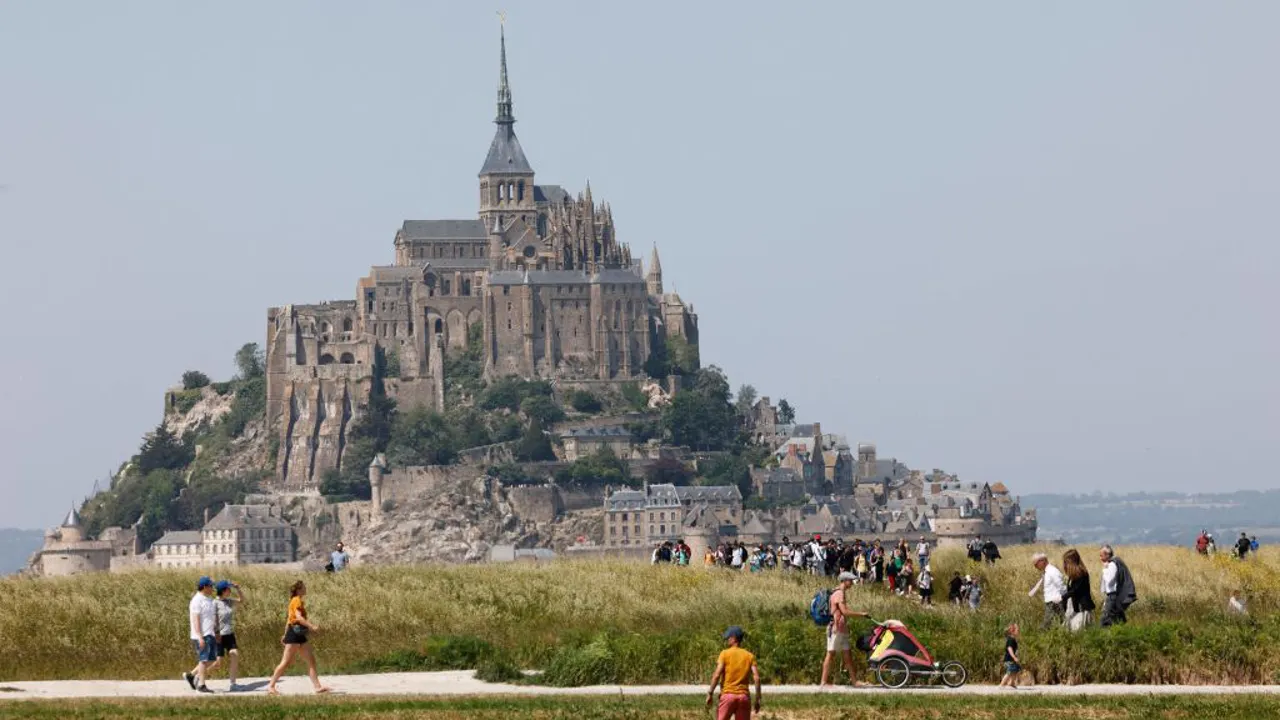
Day Trip to Mont Saint Michel France from Paris
-
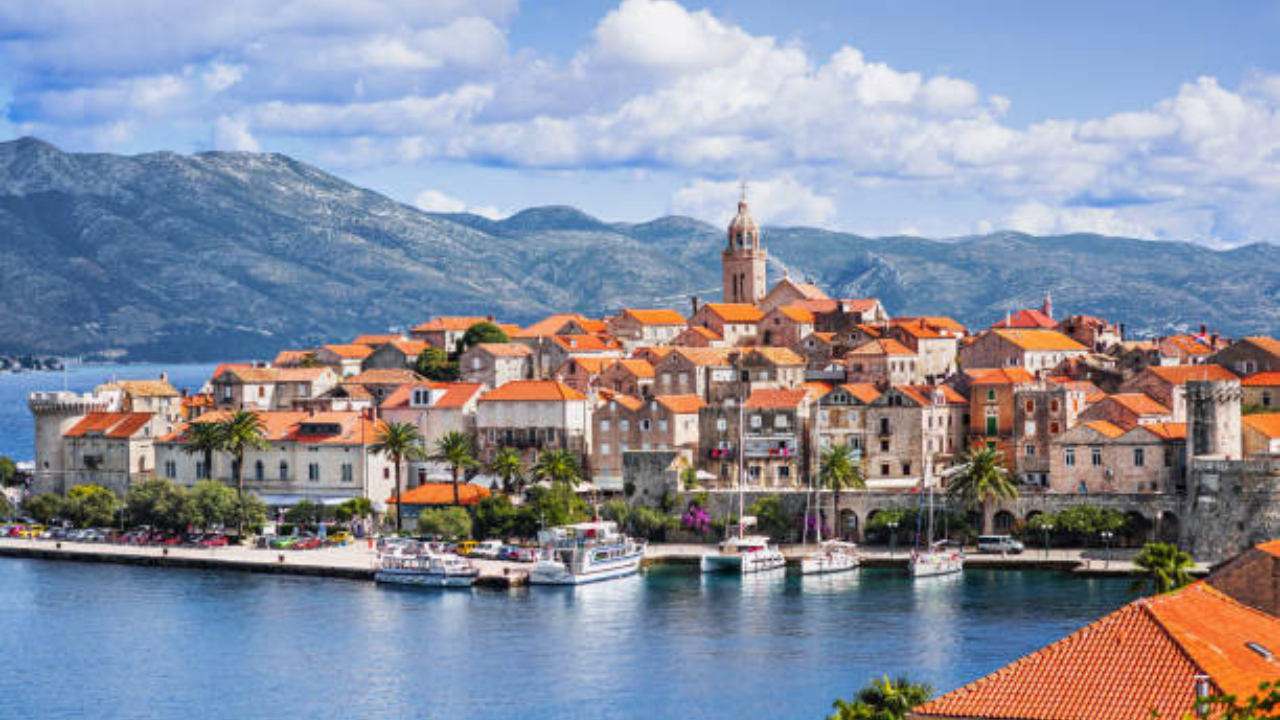
Korčula, Croatia: A Mediterranean Marvel Through Shutterstock’s Lens
-
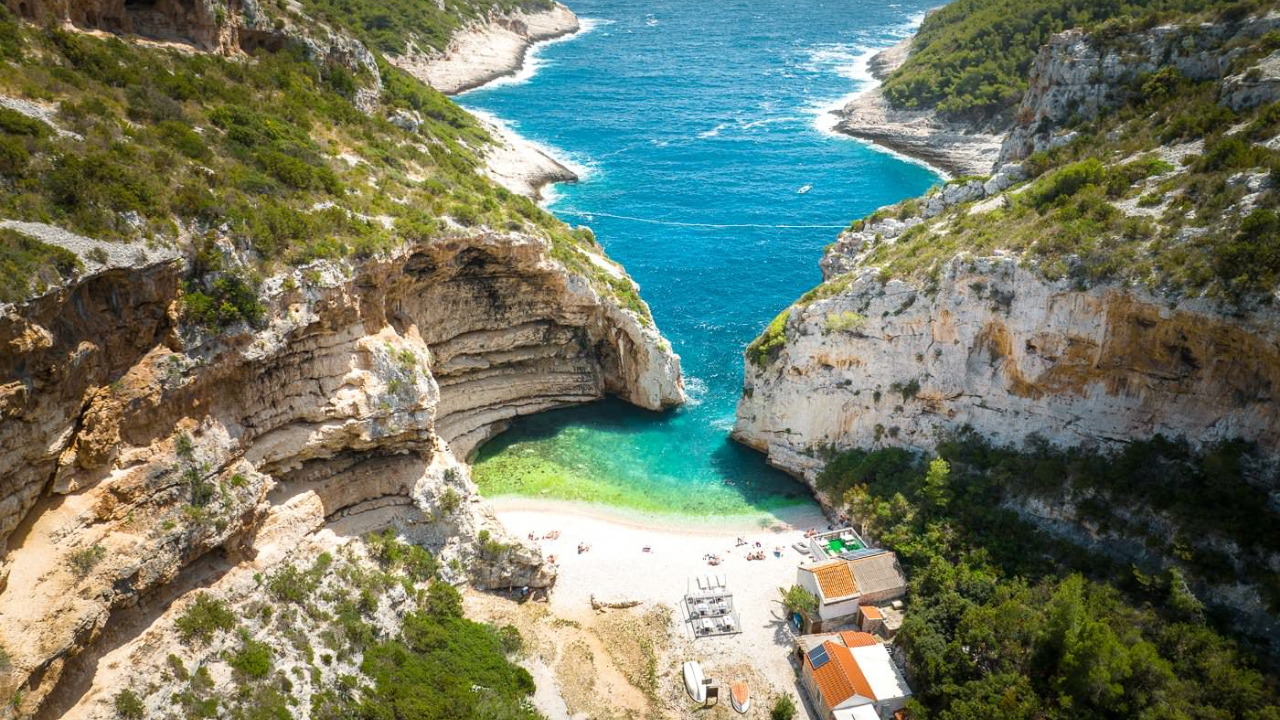
Vis, Croatia: A Hidden Gem Captured by Shutterstock
-
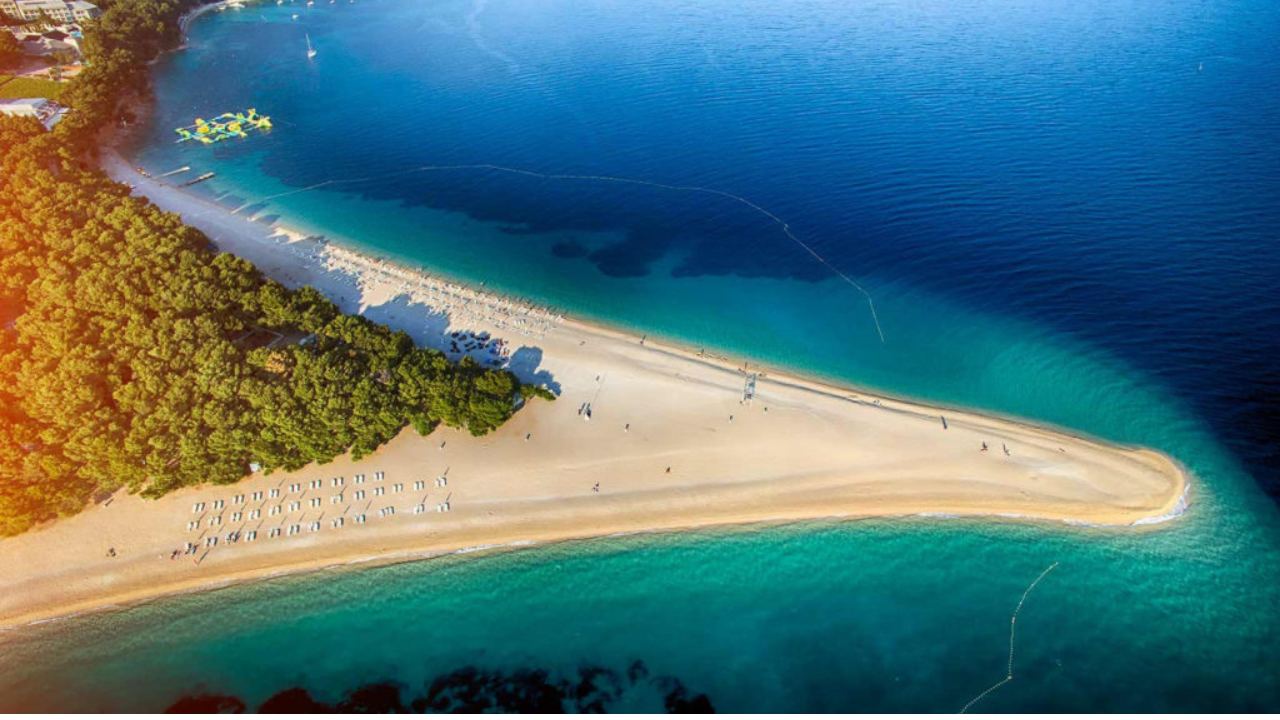
Zlatni Rat, Brač, Croatia: A Golden Gem of the Adriatic
-
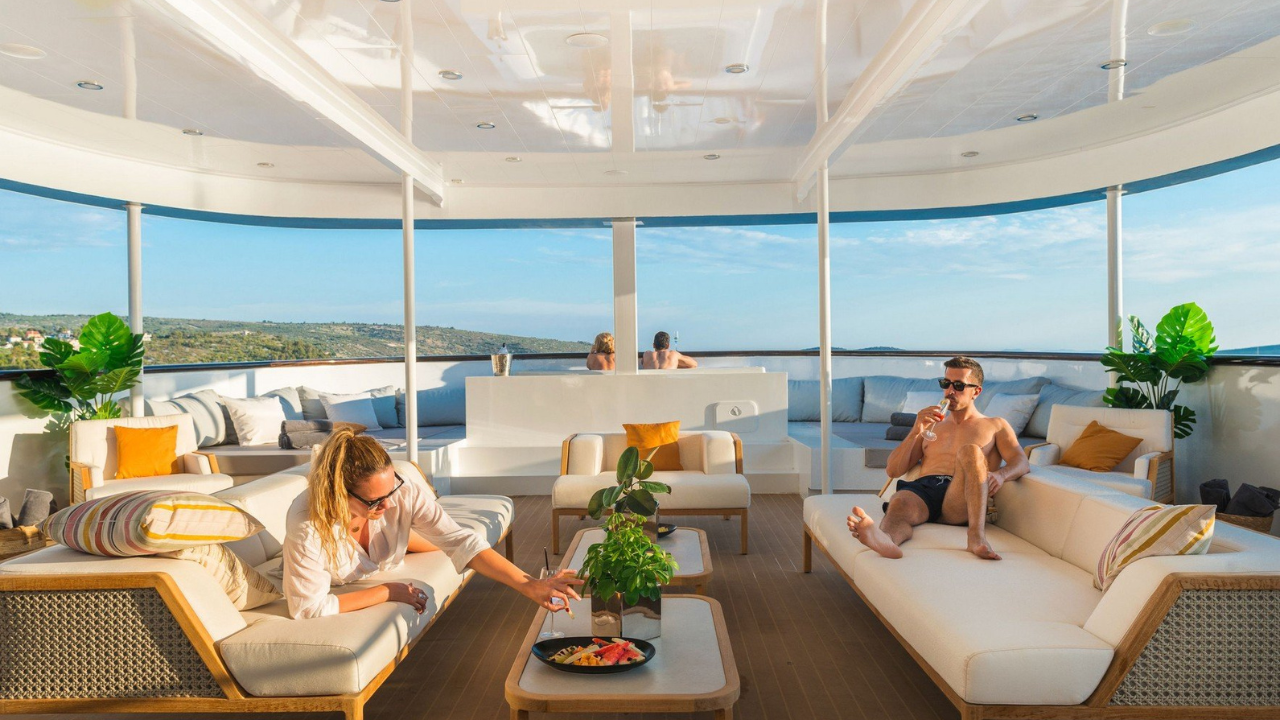
Agape Rose: A 48m-Long Mini Cruiser Redefining Luxury on the Adriatic
-
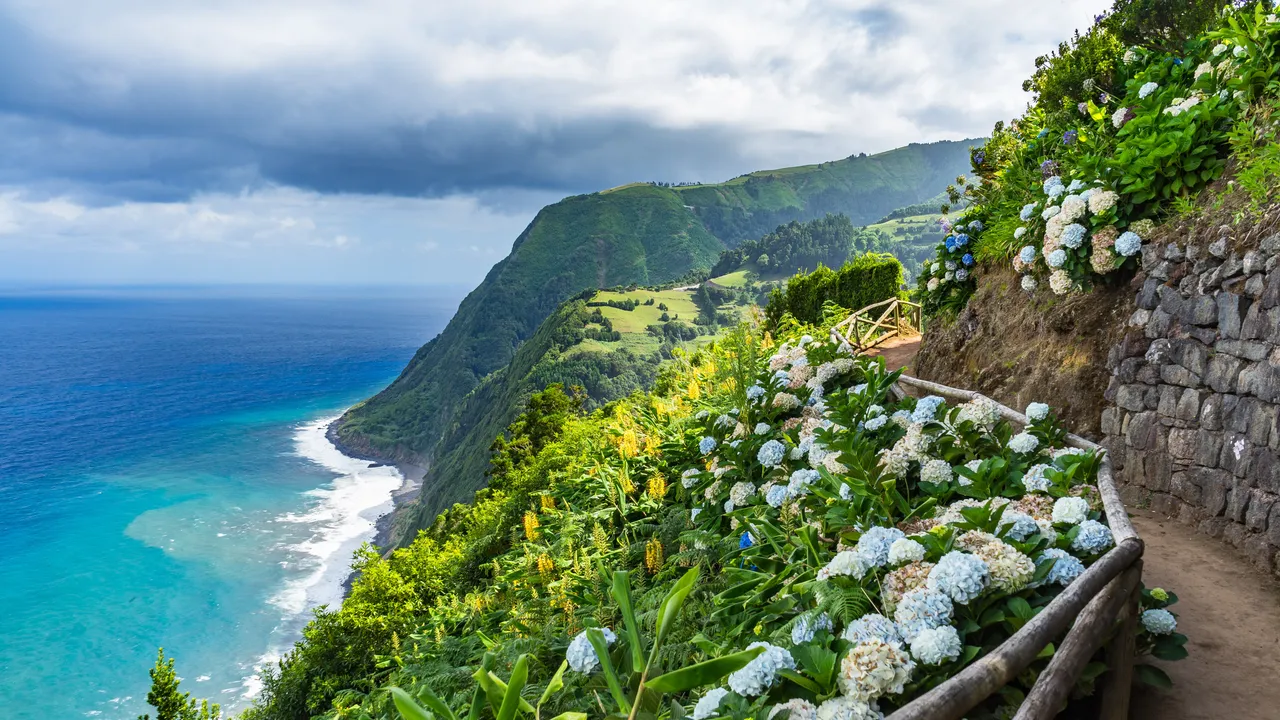
Azores Islands, Portugal: A Journey into Nature’s Untamed Masterpiece
-
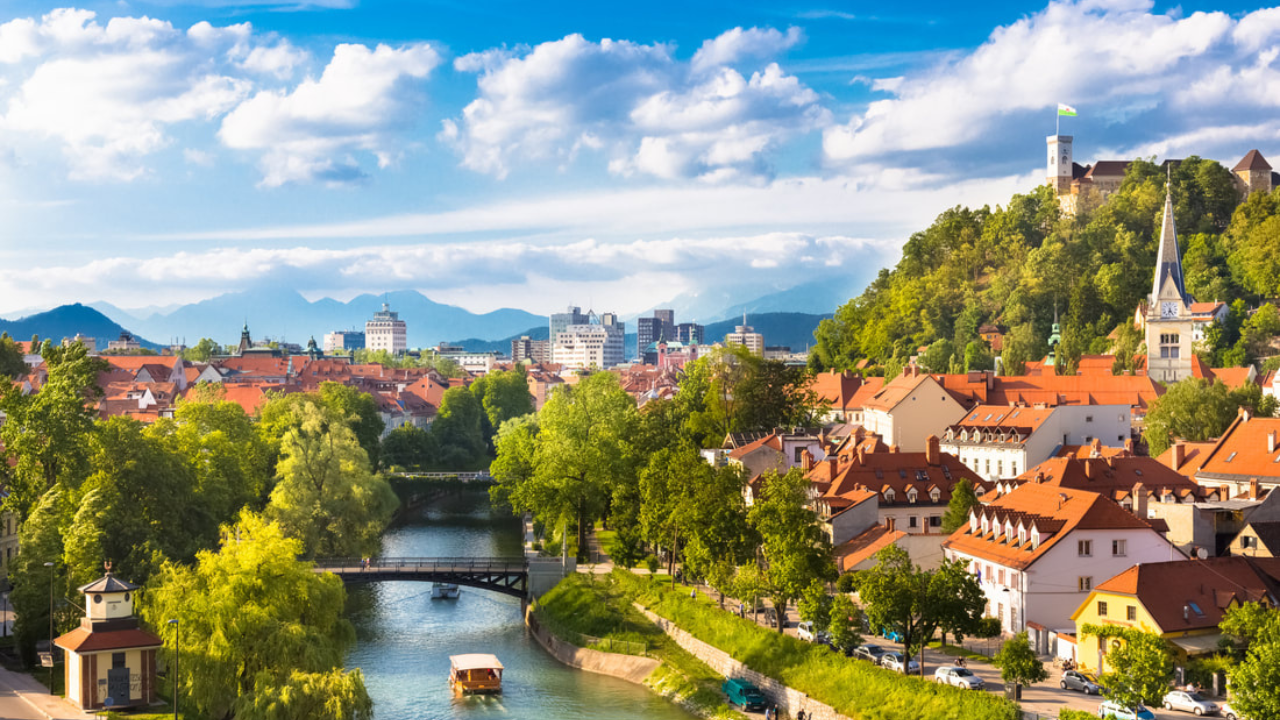
Ljubljana, Slovenia: A Hidden Gem of Elegance and Adventure
-
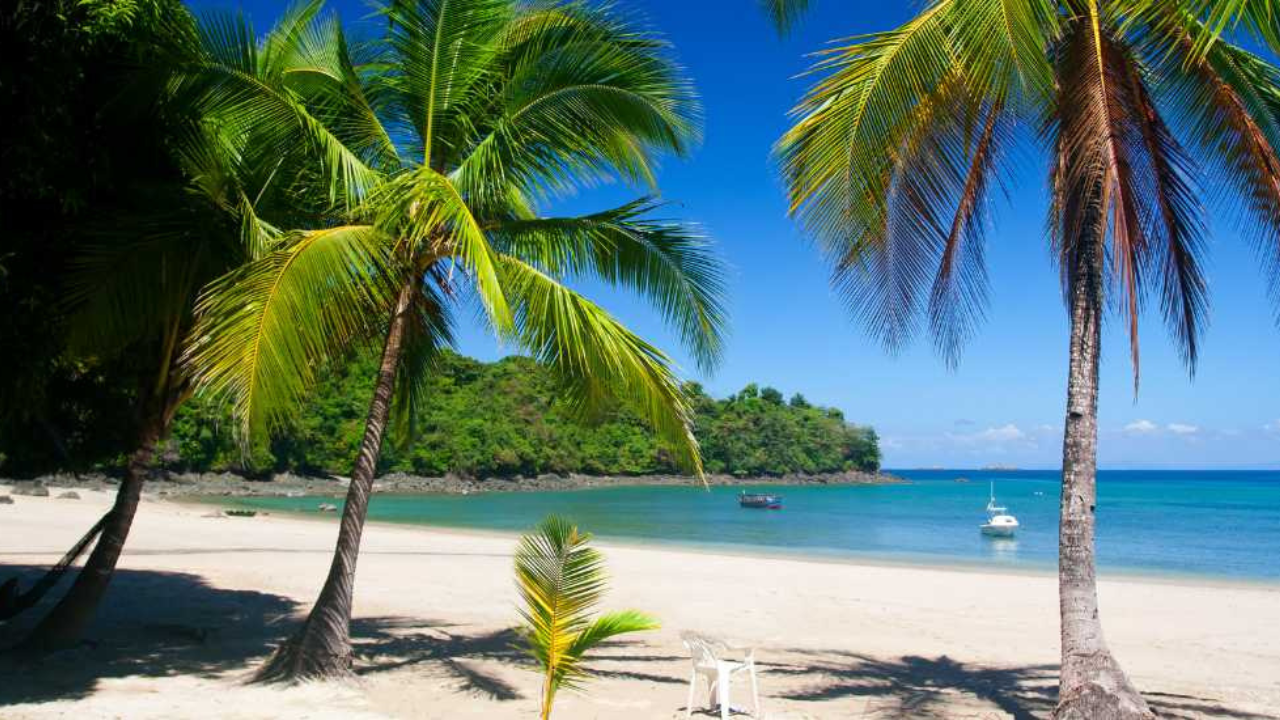
Santa Catalina, Panama: 10 Unforgettable Things To Do
-

Puerto Escondido Mini Guide: 11 Essential Tips for an Unforgettable Trip
-

Medellín: 7 Best Things To Do & Best Places To Stay
-

Vis, Croatia: A Hidden Gem Captured by Shutterstock
-

Zlatni Rat, Brač, Croatia: A Golden Gem of the Adriatic
-

Agape Rose: A 48m-Long Mini Cruiser Redefining Luxury on the Adriatic
-

Azores Islands, Portugal: A Journey into Nature’s Untamed Masterpiece
-

Ljubljana, Slovenia: A Hidden Gem of Elegance and Adventure
-

Santa Catalina, Panama: 10 Unforgettable Things To Do
-

Puerto Escondido Mini Guide: 11 Essential Tips for an Unforgettable Trip
-

Medellín: 7 Best Things To Do & Best Places To Stay
-

My Secret London: Hidden Gems and Local Favorites
-

The Complete Guide to Bulgarian Wine



